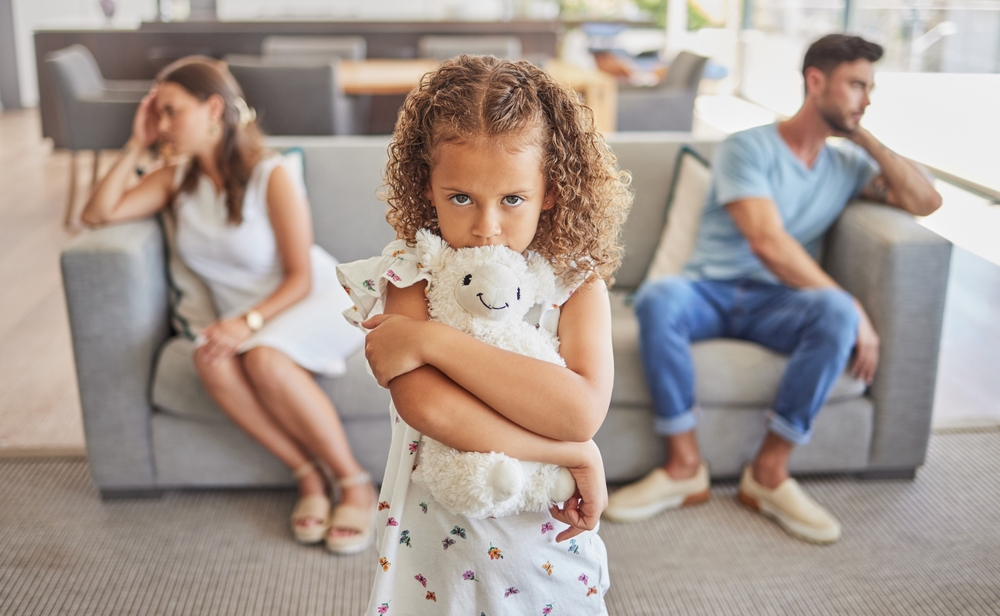Apologies are not just words. They are reflections of how we process conflict, shame, responsibility, and emotional safety. While saying “I’m sorry” may seem simple, the way people approach apologies often reveals something deeper. Childhood experiences play a major role in shaping how someone reacts when they hurt others or are confronted. The tone, language, and even timing of an apology can trace back to how a person was treated in their early years. Whether someone offers sincere repair or avoids accountability completely, these patterns rarely form in adulthood alone.
Learned Behaviors Begin in Childhood
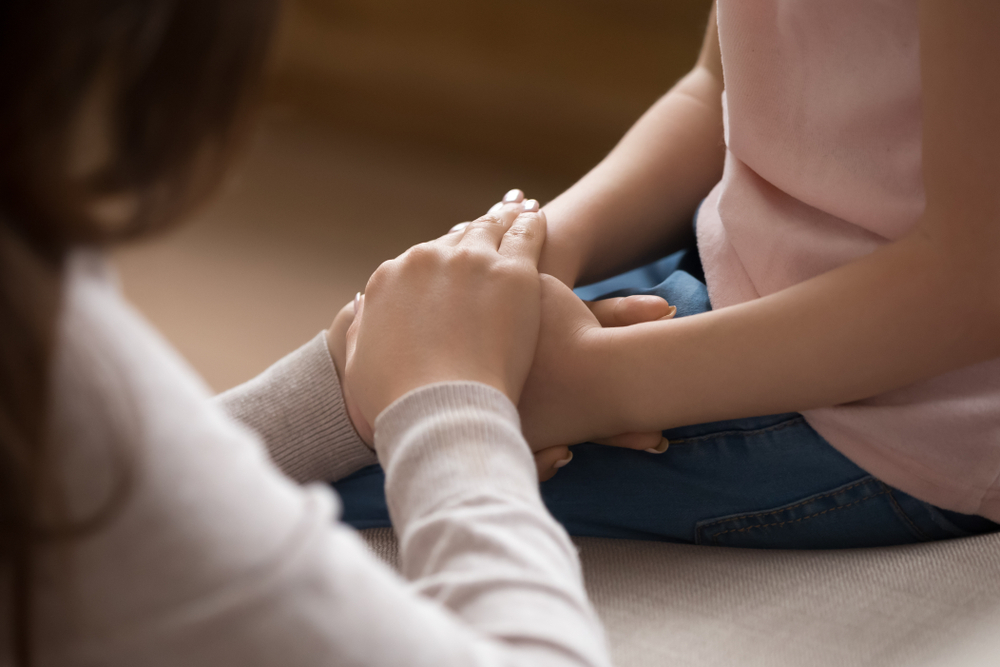
Children learn about conflict resolution by watching their caregivers. If parents modeled healthy apologies, such as acknowledging wrongdoing and seeking to make amends, a child is more likely to repeat that behavior as an adult. However, if apologies were never heard, or if mistakes were punished harshly without discussion, a child may associate apologizing with fear or humiliation. In some homes, emotional repair was never modeled at all. That absence creates adults who either over-apologize to keep the peace or refuse to apologize at all to protect themselves.
Over-Apologizing May Point to Past Emotional Neglect
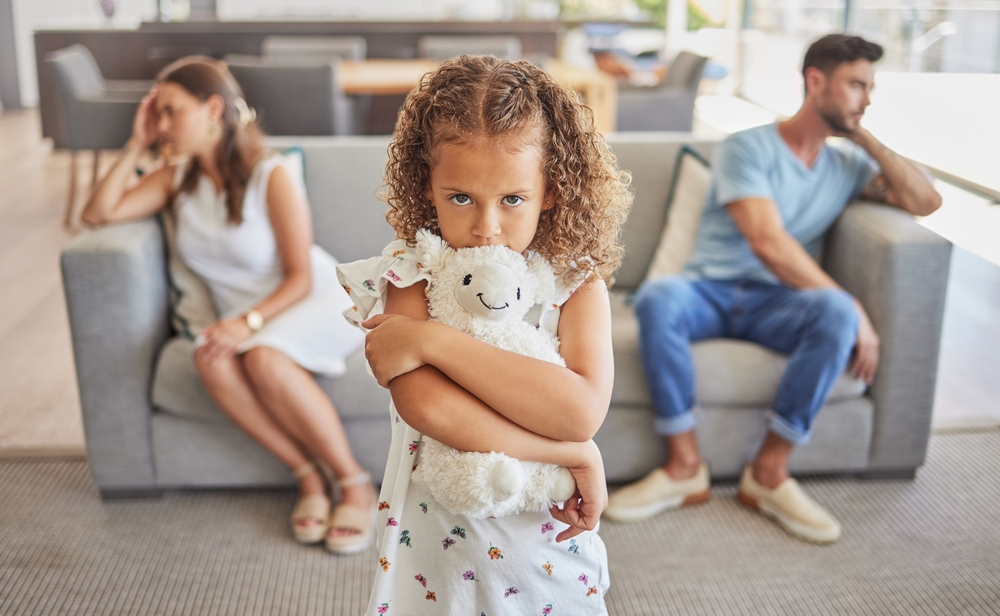
Some adults say “sorry” too often, even when they are not at fault. This can be a survival mechanism learned in childhood. If a child grew up in an environment where love was conditional or where emotional outbursts from adults were unpredictable, they may have learned to apologize to avoid punishment or rejection. Over time, this becomes a reflex. These adults may struggle to assert boundaries or advocate for themselves, often feeling responsible for the emotions of others. Their apologies are less about guilt and more about anxiety. The habit of apologizing frequently is often a sign of someone who felt invisible or unsafe emotionally during their early years.
Read More: How a Loveless Childhood Shapes Quiet Patterns in Adult Life
Avoiding Apologies May Indicate Shame or Punishment
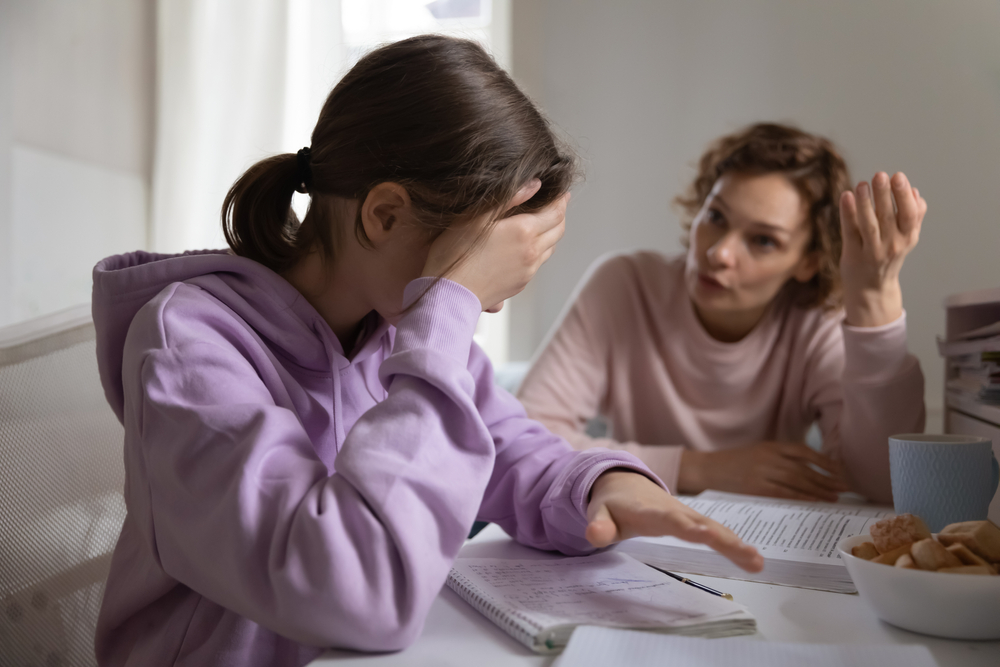
Not everyone finds it easy to say “I’m sorry.” In fact, some people avoid apologies altogether. This can be a defense rooted in shame or fear of criticism. If a child was often blamed unfairly, shamed for making mistakes, or never allowed to explain themselves, they may grow up feeling that admitting fault is dangerous. These adults might become defensive, dismissive, or even angry when asked to apologize. They may associate accountability with personal failure, not growth. In reality, they are protecting a younger part of themselves that learned early on that being wrong meant being unloved or punished.
Conditional Apologies May Reflect Manipulative Dynamics
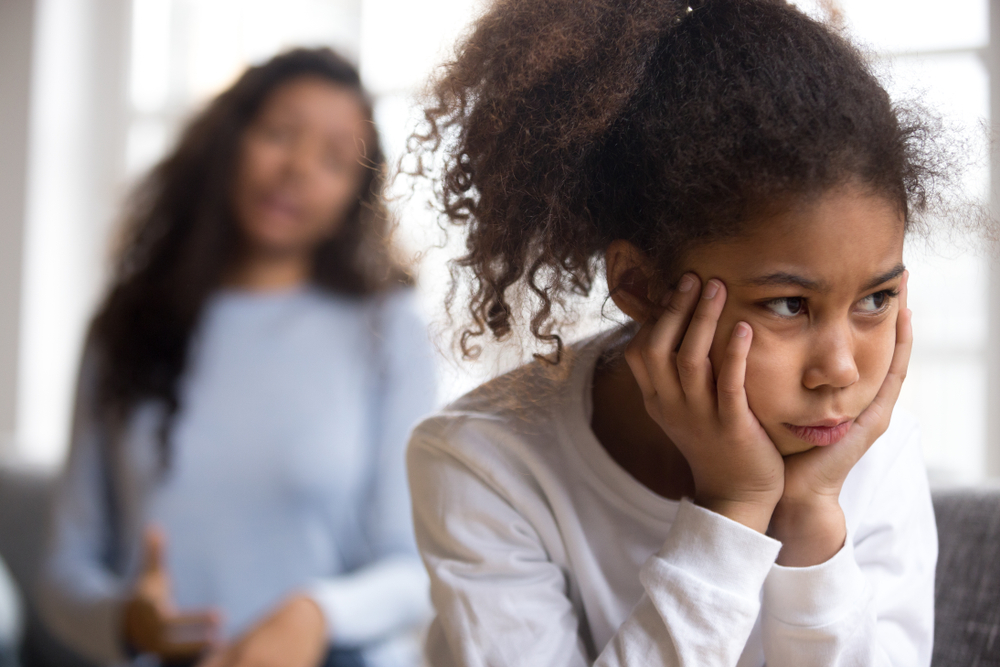
Some people use apologies to shift blame or manipulate others. Phrases like “I’m sorry you feel that way” or “I guess I messed up again as always” can sound like apologies but are actually deflections. These forms of apology often develop in households where emotional manipulation or gaslighting was present. A child who learned that accountability meant losing power may grow up using apologies as tools for control instead of healing. These adults may have learned to apologize to end conversations, avoid consequences, or maintain dominance rather than foster trust.
Sincere Apologies Come From Secure Attachment
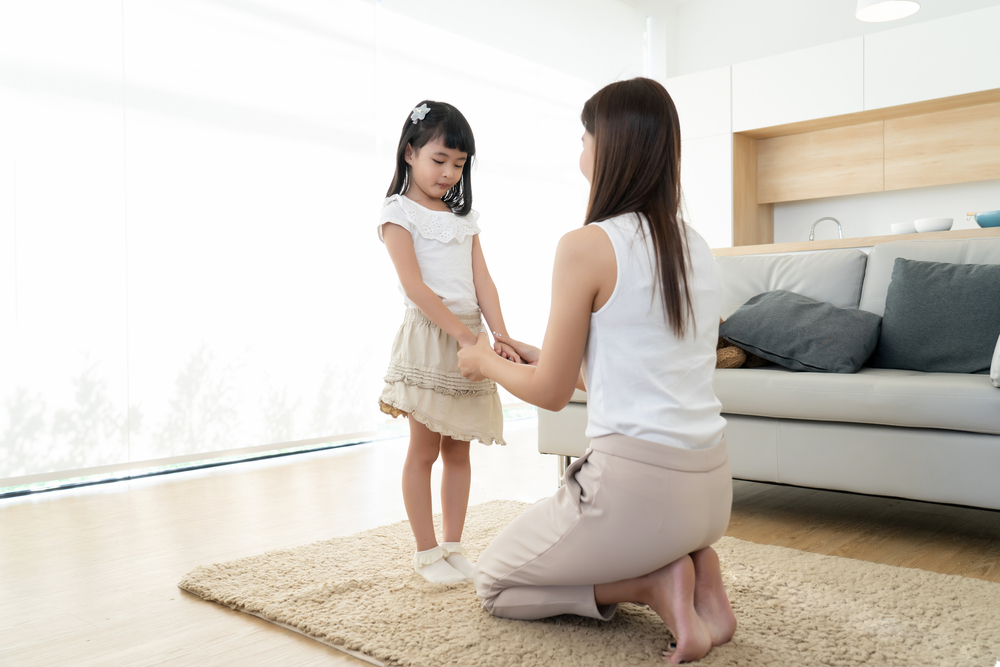
When children are raised in emotionally supportive environments, they are more likely to develop the ability to apologize sincerely. These individuals tend to take responsibility without crumbling. They acknowledge harm, express regret, and seek to repair the relationship. They do not see apologies as threats to their identity but as expressions of care and maturity. This typically comes from caregivers who allowed mistakes, modeled empathy, and guided children through conflict without shame. A securely attached child learns that love does not disappear when they make a mistake, and this belief carries into adult relationships.
Cultural and Family Norms Influence Apology Styles

Beyond individual parenting, family systems and cultural environments also play a role in how someone learns to apologize. In some families, saying sorry may be seen as weakness, while in others it is a sign of respect. Some cultures prioritize group harmony, making apologies more common and expected. Others prioritize saving face, leading to indirect forms of apology. These norms influence how children interpret emotional repair. Adults may carry these lessons into their own communication styles, sometimes without even realizing it. The way apologies are expressed can be just as much about upbringing as personal character.
People-Pleasers Often Confuse Apologies With Approval

Adults who rely heavily on external validation may apologize excessively. These individuals may have grown up in homes where approval was tied to compliance or perfection. They may believe that apologizing is the only way to maintain connection or prevent disapproval. This leads to a distorted view of fault, where saying sorry becomes a strategy to stay liked or avoid conflict. Over time, these adults may lose touch with their own needs, always apologizing for existing, asking questions, or having emotions. Their apologies are not always rooted in remorse but in fear of rejection.
Children Who Were Not Taught Emotional Repair May Struggle to Apologize at All

Some people were never taught how to say sorry. Their parents may have avoided conflict, denied responsibility, or modeled silence instead of communication. Without seeing apologies in action, these children never learn what genuine repair looks like. As adults, they may shut down, withdraw, or deflect instead of acknowledging harm. They are not always intentionally hurtful, but they lack the emotional language and tools needed to navigate complex relationships. These patterns are often mistaken for coldness, when they are really symptoms of emotional deprivation during development.
Apologies and Identity Are Often Entangled

For many people, apologizing feels deeply personal. It is not just about saying the right words. It is about facing discomfort, confronting mistakes, and being seen in a vulnerable moment. If someone grew up in an environment where they had to fight to be seen, heard, or accepted, apologies can feel like giving up ground. They may struggle with the fear that admitting fault will undo their entire identity. These individuals may need time and support to separate being wrong from being unworthy. Healing begins when people learn that accountability does not cancel out their value.
How to Break Unhealthy Apology Habits
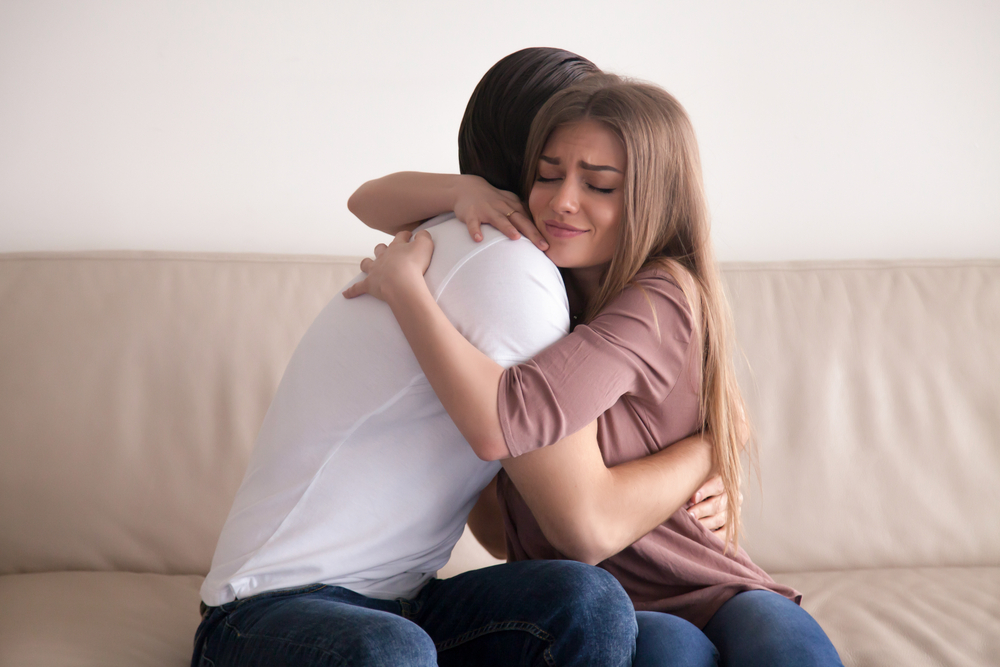
Understanding the connection between apology patterns and childhood experiences is the first step toward change. Adults who over-apologize can begin practicing pausing before speaking and asking themselves whether they are actually at fault. Those who avoid apologies may benefit from exploring where their resistance comes from and how shame shaped their emotional safety. Learning to apologize well involves reflection, empathy, and willingness to sit with discomfort. It also requires practice, especially for those whose early environments lacked emotional repair. Developing healthy apology habits is not just about improving communication. It is about healing the parts of ourselves that learned to survive without being understood.
Read More: Feeling Like ‘Too Much’ Often Starts with One Childhood Experience
A Healthy Apology Is a Sign of Emotional Maturity
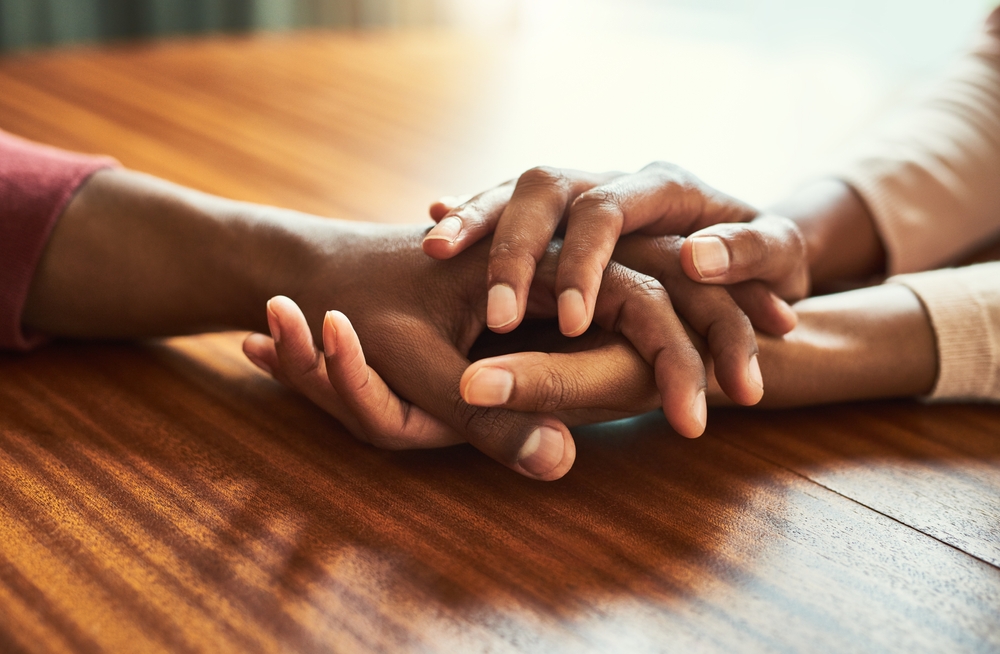
When someone can offer a sincere apology without fear, manipulation, or shame, it is a reflection of deep emotional growth. It shows a capacity for empathy, self-awareness, and healthy connection. Adults who can own their actions and make amends build stronger, more trusting relationships. The ability to apologize well is not just a communication skill. It is an emotional milestone. It reveals the kind of support someone received early in life and the kind of emotional resilience they have developed. In many ways, the words “I’m sorry” carry the echoes of our childhood homes.
Disclaimer: This article was created with AI assistance and edited by a human for accuracy and clarity.
Disclaimer: This information is not intended to be a substitute for professional medical advice, diagnosis or treatment and is for information only. Always seek the advice of your physician or another qualified health provider with any questions about your medical condition and/or current medication. Do not disregard professional medical advice or delay seeking advice or treatment because of something you have read here.
